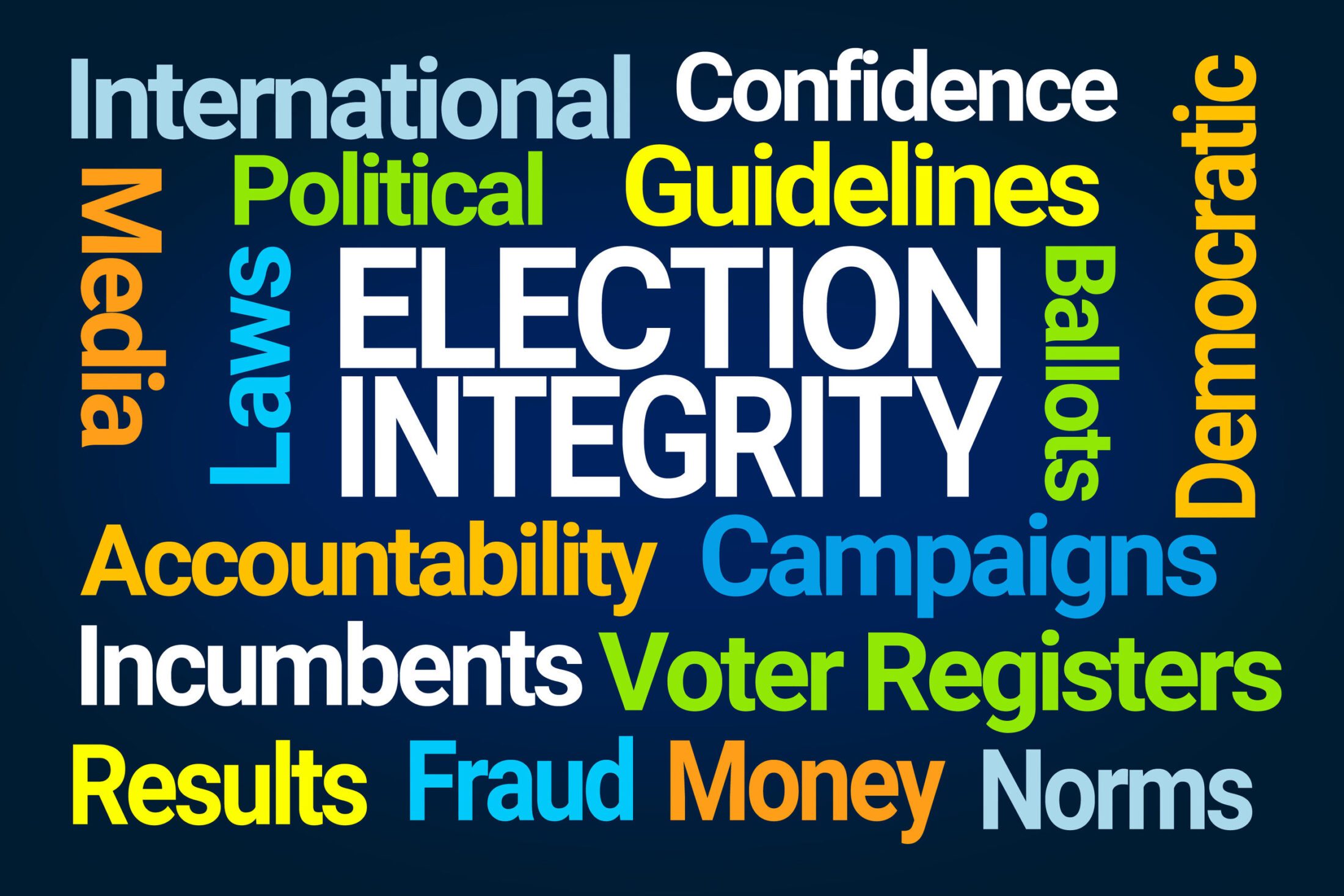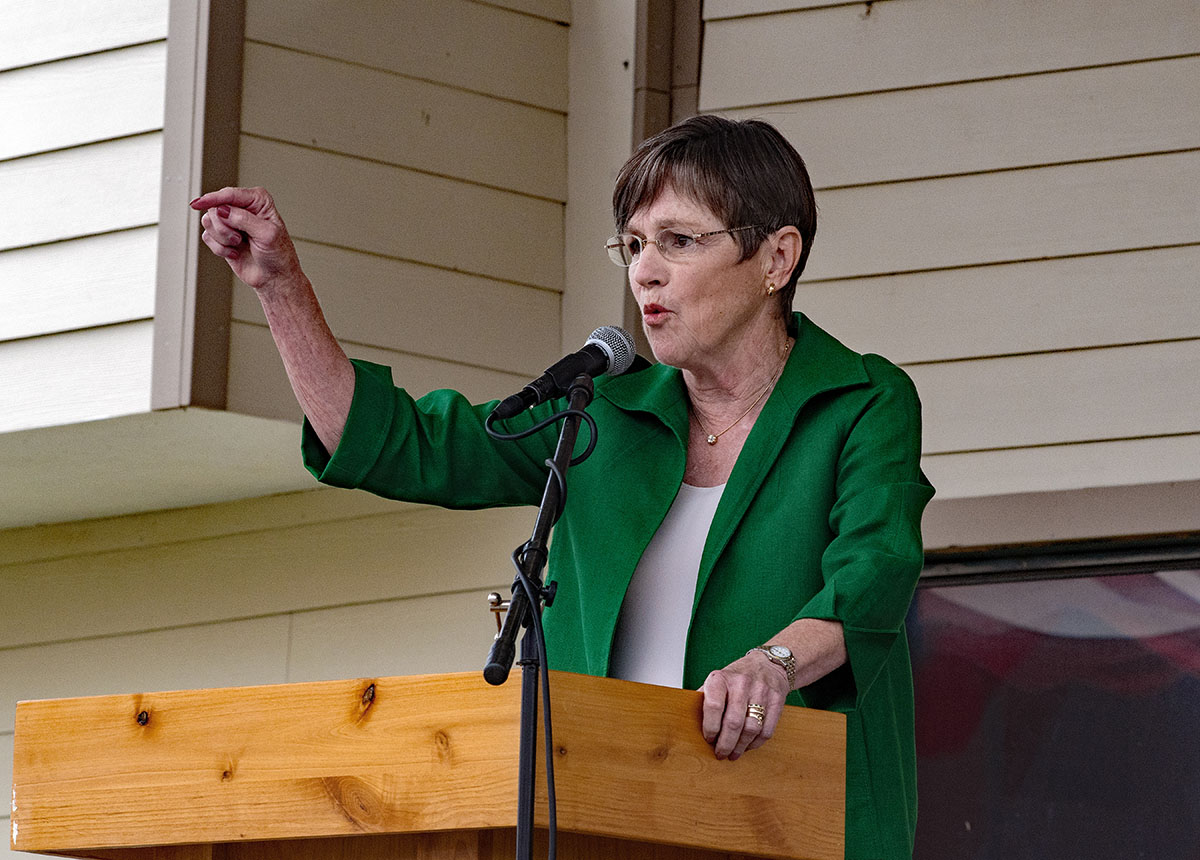Kansas lawmakers may strip the state health department of some of its authority over vaccine distribution after the Kelly administration ordered Riley County to stop vaccinating people until other counties catch up. Senate bill 295 allows counties to prioritize vaccinations separate from state guidelines. If adopted, its provisions expire in December 2022. Proponents want local control for vaccine administration.
A few weeks ago, Riley County sought permission to allow 64-year-old cancer patients to get in line with healthy young prisoners. However, the state health department threatened to withhold vaccines if Riley deviated from the state’s recommended phases for vaccine administration.
Dr. Lee Norman, Kansas Secretary of Kansas Department of Health and Environment, told a Kansas Senate committee that the state’s recommended phases for vaccine distribution are based on how likely an individual is to face severe illness or death if they get COVID and whether they are in a position to be super spreaders.
“It’s an ethical decision,” Norman told the committee. “And that is, do you treat an individual or do you treat a community?”
Counties request leniency
Sedgwick County Commissioner Jim Howell said he believes the state made a mistake in pushing the medically fragile to the back of the vaccine distribution line.
“But these are people that are at high risk,” he said. “They deserve the right to not have a death panel that makes the decision and puts them in the back of the line.”
In early March, Sedgwick County Commissioners voted unanimously to submit a letter to KDHE seeking latitude for vaccine administration. They sent the letter on March 12.
“Unfortunately, Sedgwick County has not heard back from the Secretary formally, but through some verbal discussion between members of our management and people at the state, it is clear the state has chosen to deny our request,” Howell said.
Riley County started structuring its phases last fall, Julie Gibbs, Riley county health director told the committee. The county’s plan mirrored the state recommendations, but she said local officials believed they could adjust. Riley County is home to Ft. Riley, a large military base, and Kansas State University, with a student population of more than 20,000. Its population is younger and healthier than the state as a whole. However, when county officials attempted to administer doses to the medically vulnerable, the state warned it would withhold future vaccine shipments. State officials said last week the threat is an “enforcement mechanism.”
Norman said the state never withheld vaccines. However, Riley paused scheduled vaccination clinics while state and local officials negotiated who is eligible to receive the shots.
Gibbs commended KDHE for working with Riley County, but she said her county benefits when local officials can vary from official vaccine distribution guidance based on their needs.
“I understand when you’ve been threatened with the withholding of vaccination that it’s difficult to say that,” Sen. Renee Erickson told Gibbs.
Competing priorities
KDHE recommendations determine where individuals are in line for the vaccine. Kansas is in phase 2 of the state’s vaccination plan. Young, healthy prisoners are eligible for vaccination in phase 2. Meanwhile, cancer patients under the age of 65 wait until phase 3.
Norman told the committee that the state vaccine distribution plan is based on CDC guidance. And the CDC recommendations are based on science. However, when the state first announced its vaccination priority list in December, Kelly listed other priorities.
“Through this framework, my administration upholds our commitment to maximizing benefits, minimizing harm, and striving for equity, justice, and fairness when it comes to when the vaccine will be made available to which Kansans,” Gov. Laura Kelly said of the state plan. The CDC’s guidance is based in part on the recommendation of panelists. The panelist attempted to balance science with social justice in its recommendations.
Still, the CDC website recommends that healthcare personnel and long-term care facility residents take first in line, phase 1a, followed by frontline essential workers and people over the age of 75, phase 1b. CDC guidelines recommend people between the ages of 65-74 and people ages 16-64 with underlying medical conditions lineup together in phase 1c.
Dr. Mark Steffen, a state senator from Hutchinson, said evidence suggests vaccinated people can get and transmit COVID. He questioned why the state prioritized young, healthy individuals to prevent spread if the vaccine isn’t up to the task.
“If we are really going to give this so that it will decrease the risk of serious illness and death, certainly, (the medically vulnerable) are a group of people you shouldn’t be rabidly denying access to,” he said.
The state adopted its guidelines in November. While other states view their vaccine prioritization lists as living documents, subject to change, Kansas officials locked in its list. According to Sen. Molly Baumgardner, a Louisburg Republican, 19 other states updated vaccine prioritization to date. Commissioner Howell asked KDHE to follow suit.
“What I see right now is we’re digging in politically rather than using common sense,” he said. “…I think we made a mistake. It’s time to do something different.”



